- All
- Product Name
- Product Keyword
- Product Model
- Product Summary
- Product Description
- Multi Field Search
| Availability: | |
|---|---|
| Quantity: | |
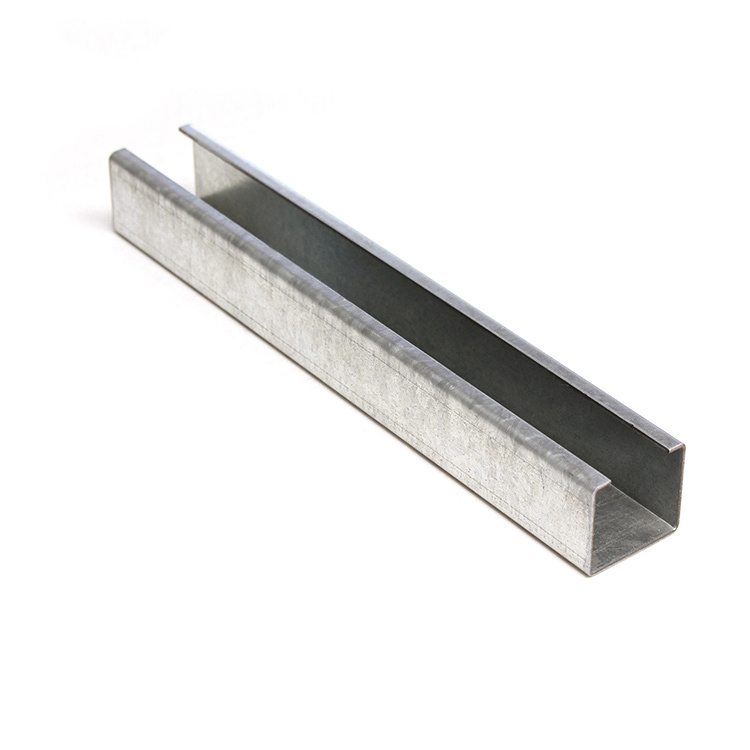



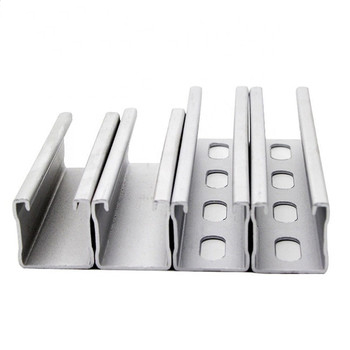
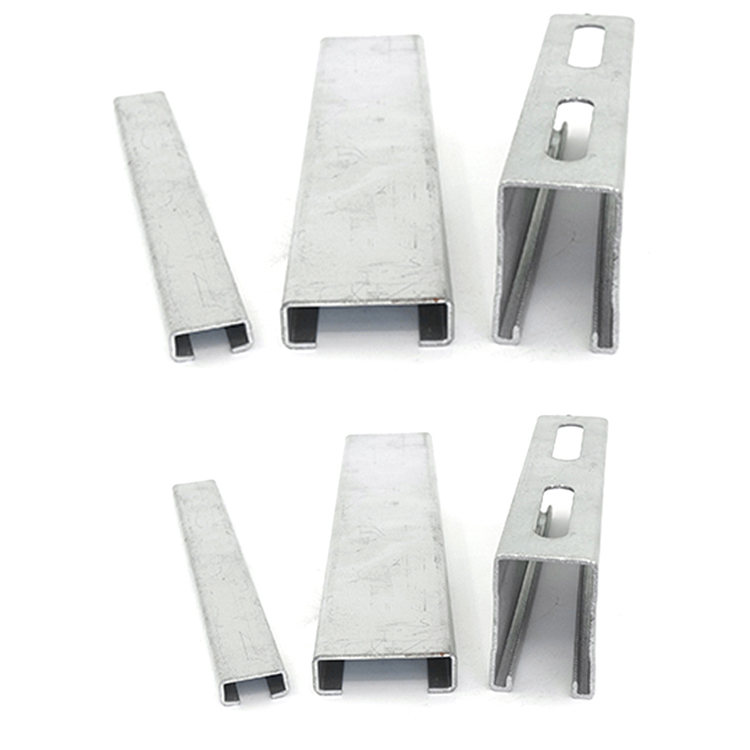
customized
HNF
HNF2023071808
The cross-section of a channel steel has a "U" shape, primarily consisting of the web and flanges. Typically, there are two flanges positioned on either side of the web, with the flanges perpendicular to the web. The shape resembles a channel, which allows the steel to effectively distribute forces when bearing loads. For instance, in building structures, it can function like a "trough" to support the weight of other components and transfer pressure to the supporting foundation through its structural characteristics.
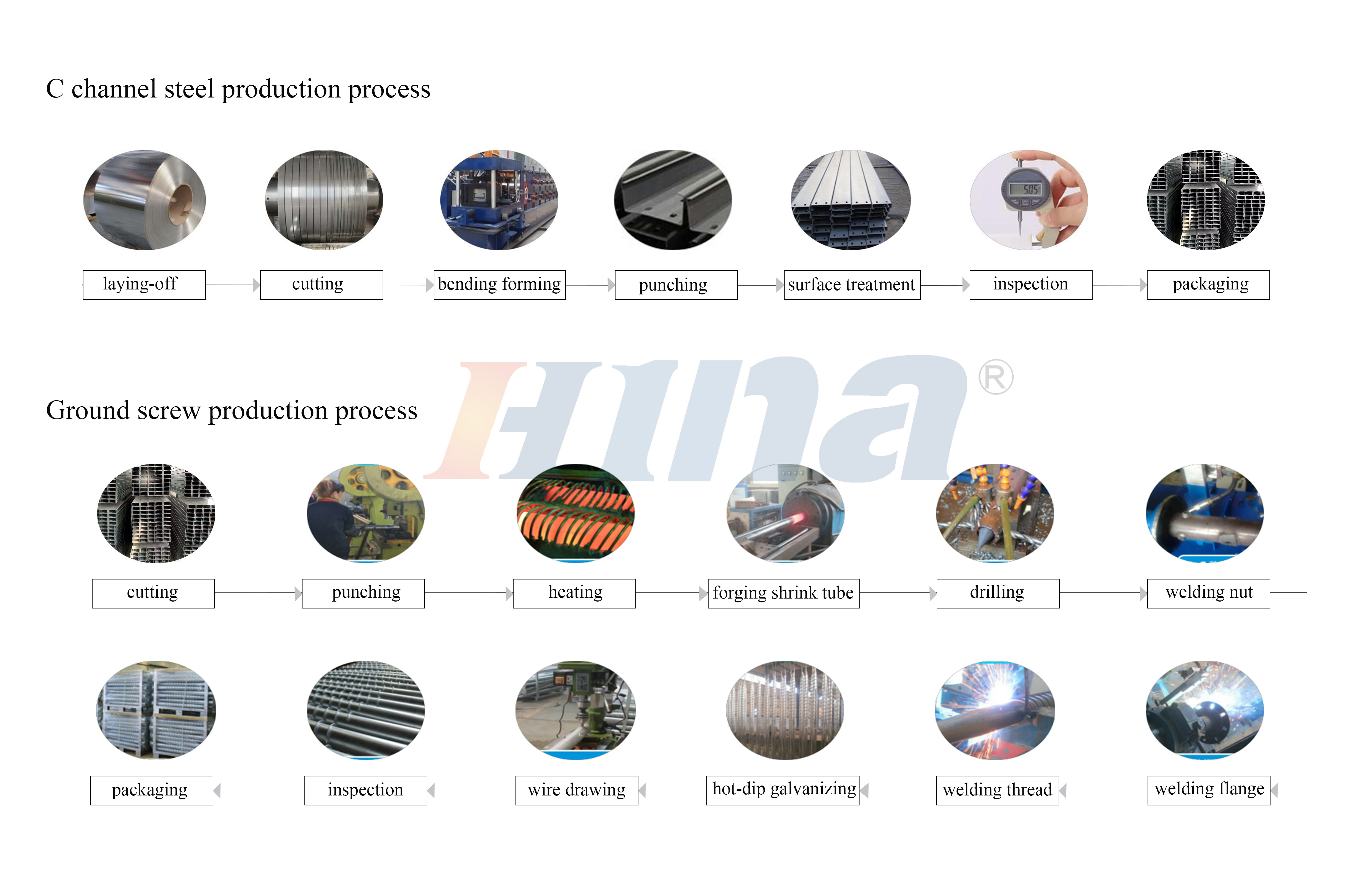
Corrosion Resistance: Made of stainless steel, channel steel offers excellent resistance to corrosion, making it suitable for harsh environments such as chemical, acidic, freshwater, and seawater conditions. It effectively resists oxidation and rust, making it widely used in outdoor, chemical, and marine applications.
Strength and Durability: With high strength and hardness, channel steel can bear substantial pressure and weight. It is robust, durable, and maintains structural stability over long-term use.
Hygiene and Easy Maintenance: The smooth surface is resistant to dirt and is easy to clean and maintain, meeting hygiene standards. It is commonly used in industries requiring high cleanliness, such as food processing and medical equipment manufacturing.
Aesthetic Appeal: Channel steel has an attractive appearance with a metallic sheen, enhancing the overall aesthetics of the environment. Its surface maintains its appearance over time, reducing the need for frequent maintenance.
Building Structures: Used in building frames, supporting structures, and roof trusses, channel steel provides solid structural support. Its corrosion resistance also helps reduce maintenance costs.
Mechanical Manufacturing: In the production of machinery, channel steel is used to make workbenches, frames, and rails, ensuring equipment stability and durability.
Automotive Industry: Employed in automotive frames and body structures to enhance strength and corrosion resistance.
Shipbuilding: Suitable for structural components, decks, and railings in ships, channel steel resists seawater corrosion and prolongs the service life of vessels.
Haina is committed to providing customers with high-quality stainless steel standard fasteners and professional services to meet various engineering needs. We have a large amount of spot inventory to ensure fast delivery and save you waiting time. In addition, we provide the following value-added services to help your purchasing experience:
1. Free samples: provide samples for customer testing.
2. 3.1 Test report: quality test report that meets international standards.
3. Video factory inspection: support video factory inspection to demonstrate production process and quality management.
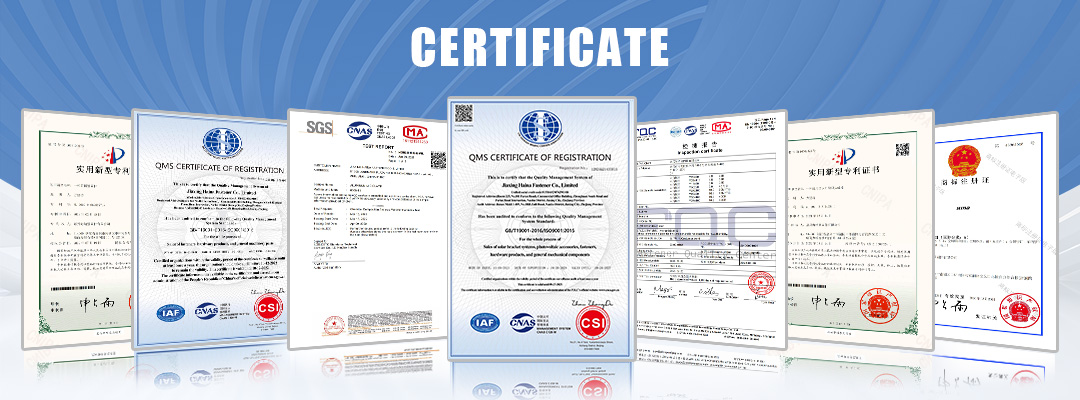
What is the difference between U channel and C channel steel?
The main difference between U channel steel and C channel steel is the shape. U channel steel has upright sides and a smooth bottom, making it more stable and suitable for situations that are subject to greater pressure. C-channel steel has a C-shaped cross section, with one side upright and the other side curved. It is softer and easier to bend and cut, making it suitable for light-loaded structures. In use, C-channel steel may have better bending resistance in some cases, while U-channel steel is more convenient in specific installation scenarios. The uses of the two are also slightly different.
What to put under ground mount solar panels?
Ground mount solar panels requires the ground to be relatively flat and have sufficient load-bearing capacity to support the weight of the system. Good drainage is required to prevent water accumulation from affecting the equipment. The geology must be stable to avoid problems such as settlement. There must be no obstructions around the ground to ensure that the solar panels can fully receive sunlight.
What types of roofs are suitable for solar roof mounting systems?
Solar roof mounting systems are compatible with various roof types, such as flat roofs, pitched roofs, and tiled roofs. Different roof types may require differently designed mounting systems to ensure optimal panel installation.
The cross-section of a channel steel has a "U" shape, primarily consisting of the web and flanges. Typically, there are two flanges positioned on either side of the web, with the flanges perpendicular to the web. The shape resembles a channel, which allows the steel to effectively distribute forces when bearing loads. For instance, in building structures, it can function like a "trough" to support the weight of other components and transfer pressure to the supporting foundation through its structural characteristics.

Corrosion Resistance: Made of stainless steel, channel steel offers excellent resistance to corrosion, making it suitable for harsh environments such as chemical, acidic, freshwater, and seawater conditions. It effectively resists oxidation and rust, making it widely used in outdoor, chemical, and marine applications.
Strength and Durability: With high strength and hardness, channel steel can bear substantial pressure and weight. It is robust, durable, and maintains structural stability over long-term use.
Hygiene and Easy Maintenance: The smooth surface is resistant to dirt and is easy to clean and maintain, meeting hygiene standards. It is commonly used in industries requiring high cleanliness, such as food processing and medical equipment manufacturing.
Aesthetic Appeal: Channel steel has an attractive appearance with a metallic sheen, enhancing the overall aesthetics of the environment. Its surface maintains its appearance over time, reducing the need for frequent maintenance.
Building Structures: Used in building frames, supporting structures, and roof trusses, channel steel provides solid structural support. Its corrosion resistance also helps reduce maintenance costs.
Mechanical Manufacturing: In the production of machinery, channel steel is used to make workbenches, frames, and rails, ensuring equipment stability and durability.
Automotive Industry: Employed in automotive frames and body structures to enhance strength and corrosion resistance.
Shipbuilding: Suitable for structural components, decks, and railings in ships, channel steel resists seawater corrosion and prolongs the service life of vessels.
Haina is committed to providing customers with high-quality stainless steel standard fasteners and professional services to meet various engineering needs. We have a large amount of spot inventory to ensure fast delivery and save you waiting time. In addition, we provide the following value-added services to help your purchasing experience:
1. Free samples: provide samples for customer testing.
2. 3.1 Test report: quality test report that meets international standards.
3. Video factory inspection: support video factory inspection to demonstrate production process and quality management.

What is the difference between U channel and C channel steel?
The main difference between U channel steel and C channel steel is the shape. U channel steel has upright sides and a smooth bottom, making it more stable and suitable for situations that are subject to greater pressure. C-channel steel has a C-shaped cross section, with one side upright and the other side curved. It is softer and easier to bend and cut, making it suitable for light-loaded structures. In use, C-channel steel may have better bending resistance in some cases, while U-channel steel is more convenient in specific installation scenarios. The uses of the two are also slightly different.
What to put under ground mount solar panels?
Ground mount solar panels requires the ground to be relatively flat and have sufficient load-bearing capacity to support the weight of the system. Good drainage is required to prevent water accumulation from affecting the equipment. The geology must be stable to avoid problems such as settlement. There must be no obstructions around the ground to ensure that the solar panels can fully receive sunlight.
What types of roofs are suitable for solar roof mounting systems?
Solar roof mounting systems are compatible with various roof types, such as flat roofs, pitched roofs, and tiled roofs. Different roof types may require differently designed mounting systems to ensure optimal panel installation.